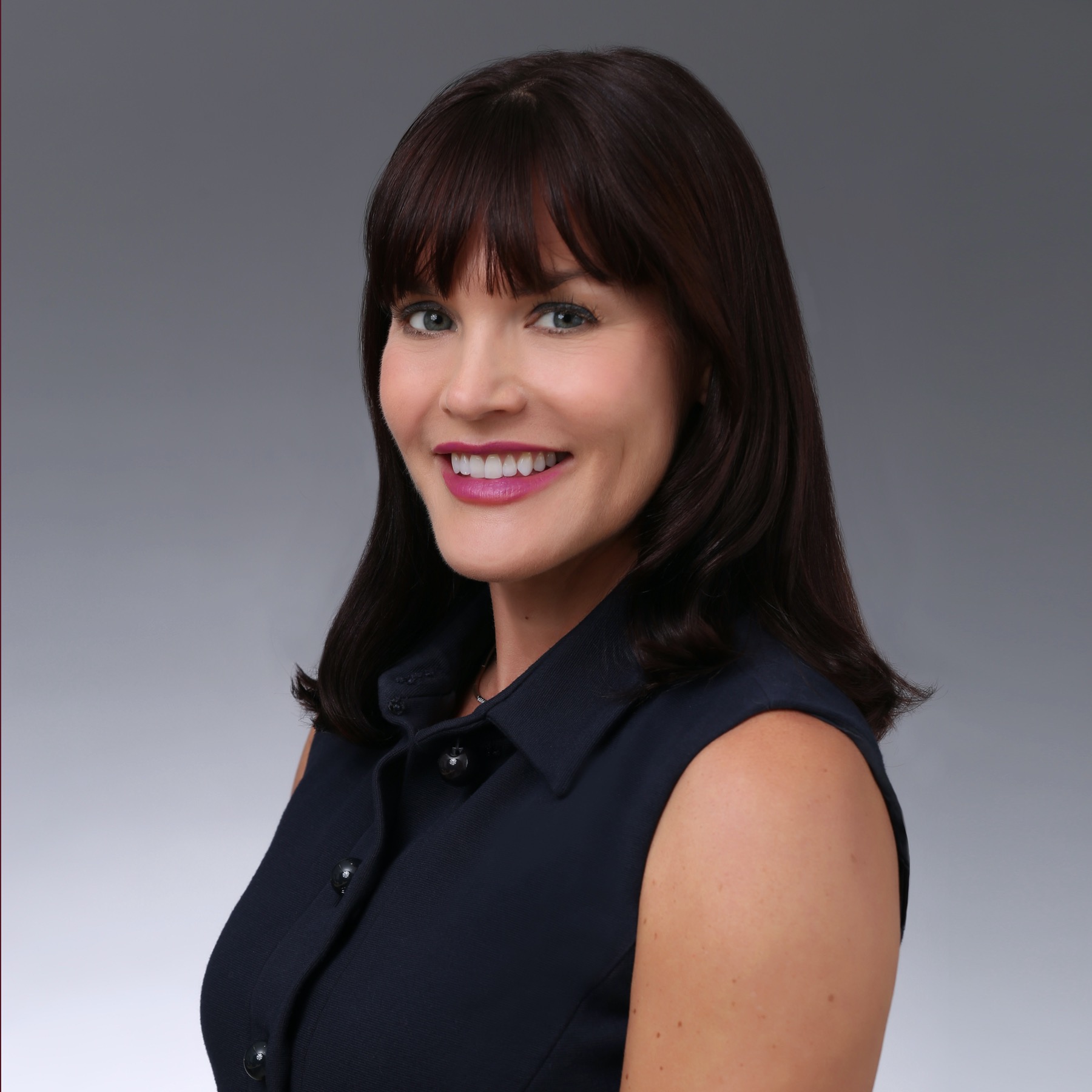In the Middle Ages, students studying at European universities adopted the practice of wearing long black gowns. Not only did these gowns serve the practical purpose of keeping the students warm as they studied in unheated buildings, they were also a social symbol in that they were unsuited for doing manual labor. The distinctive gowns effectively distinguished students at academic institutions from the rest of the townspeople, giving rise to the phrase “town and gown.” In modern times, town and gown has often been used to reference the unfortunate tensions that can arise between college students and the surrounding community when there is a perceived gap between values and culture. Three years ago, I made my own transition from town to gown when I left my community practice to become faculty at a new medical school. As I simultaneously tried to adapt to academia while my medical school tried to integrate into the surrounding community, I began to reflect on what it means to be ‘academic’ versus ‘non-academic’ and how clinicians of both types interact.
Academic and non-academic physicians are crossing paths increasingly often. While some physicians enter academia immediately or shortly after their residency training, others, like myself, enter later in their careers. These late entries happen for a variety of reasons and may reflect a choice, necessity, or both. For example, academics may be an interest not yet ignited or feasible before a certain point in a physician’s career. Or, there may be a change in circumstances: between growing numbers of learners and dwindling practice sites, medical schools and residency programs are increasingly relying on community-based clinicians to teach their students1, leading these clinicians to become mid-career educators. Regardless of the reason, any clinician entering academia must transition into unknown territory.
On a larger level, community and academic physicians must learn to interface and recognize each other’s’ strengths, lest a new generation of “town vs. gown” animosity arise. The stereotypes already exist. Buoyed by studies suggesting improved clinical outcomes at teaching versus non-teaching hospitals2, academic physicians may feel their knowledge of clinical practice and evidence based medicine is superior. Community physicians, on the other hand, may be wary of academicians who they feel have been too long ensconced in the “ivory tower,” isolated from real-life practice. How can academic and community physicians work together to bolster each other and become a sum that is greater than its parts?
In my case, I went from being a clinician with a strong leadership and quality improvement background to full time faculty at a new medical school. My skill set in operations and logistics did not initially seem like an advantage in a field where research, publishing, and being well versed in learning theory are more obvious assets. However, once I was given opportunities to apply those skills, including being approved as a clerkship director, I was able to show my potential. Merely adding organization and structure as well as strengthening the lines of communication with the teaching physicians radically improved the ratings of that clerkship experiences were being masked by disorganization. As it turns out, the abilities I developed as a community-based physician had a valuable place in academics. My story is not unique; many front-line clinicians have a wealth of experience and are by nature excellent teachers - they just don’t necessarily know the theory behind the practice. How many times have I heard a scholar at Harvard Macy say “Oh, so that’s why that works!” during a discussion of learning theory? Community clinicians make valuable contributions through the very nature of their work.
On the other hand, community physicians who find themselves newly teaching students and residents face the daunting task of learning a new skill set and also meeting certain expectations – or even requirements – for teaching. This is where partnership with academic physicians is critical and failure to work together can have disastrous consequences. In the most unfortunate cases, medical schools and residency programs may alienate or displace community physicians because they do not meet certain standards for scholarship and are therefore not seen as viable educators. I believe we need to challenge ourselves to do better. As more and more community-based clinicians join the ranks of academia or are asked to teach students and residents, how do they become “more academic?” And how should academic physicians and institutions help them? I was fortunate enough to jump-start my learning by attending the Harvard Macy Institute Program for Educators in Health Professions, but many do not have that opportunity. More high quality, evidence-based education training that is accessible to community physicians is sorely needed.
Of course, any successful relationship must start with respect. Many academic institutions and community-based physicians have developed shared understanding and a mutual mission by meeting regularly to discuss their values and priorities. Once that respect is established, both parties can build on each other’s’ strengths.
As members of the Harvard Macy community, we should ask ourselves: Do any of our institutions partner with community physicians? And if so, what do we offer our partners to advance their teaching abilities and scholarly work? There is much we can offer; here are just a few examples:
- Conducting structured needs assessments of the community faculty to determine areas of educational focus3
- Developing formal faculty development programs including “teaching academies” through which community physicians can progress and attain ever prestigious ranks
- Creating or providing novel educational tools such as web modules, thumbnail summaries, and podcasts on core educational theories and skills
- Providing opportunities for community physicians to work with their academic physician colleagues and trainees on scholarly projects including posters and publications
Last but not least, mutual support and feedback are critical to making town and gown the successful partnership it can be!
WHAT ARE SOME STRATEGIES YOU AND YOUR INSTITUTION HAVE SUCCESSFULLY USED TO PARTNER WITH YOUR COMMUNITY PHYSICIANS? HOW COULD YOU MAKE THAT PARTNERSHIP STRONGER? JOIN THE DISCUSSION BY COMMENTING BELOW!
References
- Recruiting and Maintaining U.S. Clinical Training Sites: Joint Report of the 2013 Multi-Discipline Clerkship/Clinical Training Site Survey. Accessed October 4, 2017. Available https://members.aamc.org/eweb/upload/13-225%20WC%20Report%20FINAL.pdf
- Burke L, Frakt A, Khullar D, Orav E, Jha A. Association Between Teaching Status and Mortality in US Hospitals. JAMA 2017;317(20):2105-2113.
- Drowos, J et al. Faculty Development for Medical School Community-Based Faculty: A Council of Academic Medicine Educational Research Alliance Study Exploring Institutional Requirements and Challenges. Acad Med 2017;92:1175-1180.
Elizabeth Gundersen, MD


